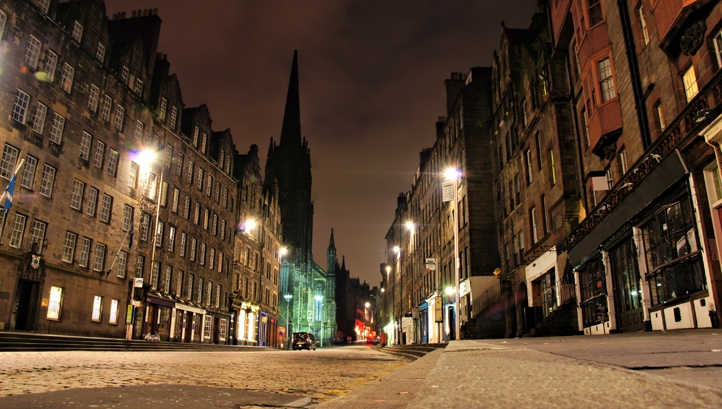Nearly one-third of Scotland's streets will be LED-lit by April 2017 as local councils have announced that a further £56m will be invested in a nationwide lighting replacement programme over the next 12 months.

The number of Scotland’s LED streetlights will double to 250,000 and more than 65,000 tonnes of CO2 will be saved thanks to the new public-sector funding announced this week.
With support from Scottish Government and Zero Waste Scotland, £82m has already invested in LEDs over the past three years, with Scotland’s councils at various stages of installing the more energy-efficient lights.
South Lanarkshire Council has installed the most LEDs in Scotland - 19,000 street lights - which are generating annual savings of £550k. The Council is on target to replace all of its 58,000 street lights to LEDs in the next two years.
Big savings
The Council’s head of roads and transportation services Gordon Mackay said: “The use of more efficient LED light sources, which focus light on roads and pavements, will help the Council to reduce energy consumption, together with the associated carbon emissions, by some 50%.
“The Council is always striving to reduce the frequency and severity of accidents as well as improving road infrastructure. We’ve embarked on a £19.5m street lighting investment programme with £6.2m being spent this year on installing approximately 18,000 LED units and other improvements.”
Scotland is currently lit by more than 900,000 street lights, costing local authorities £41m a year in electricity charges. These lamps also release 200,000 tonnes of CO2 into the atmosphere each year. Total investment from Scotland’s councils in LEDs is predicted to reach £337m by 2021 and is forecast to deliver energy and maintenance cost savings of £1.2bn and save 2.6 million tonnes of CO2 over the next 20 years.
This new round of investment comes on the first anniversary of the Scottish Futures Trust, which is working with local councils on the LED replacement programme and has launched a new Street Lighting Toolkit to help councils calculate and capture the economic and environmental benefits of changing old lamps to new LEDs.
“We have demonstrated to councils how short the payback period can be when they make an investment in new LEDs – in many cases it can just be a few years,” said Scottish Futures Trust associate director Lindsay McGregor.
World leaders
Last year, a report from The Climate Group revealed that, if the world leapfrogged to LED lamps in all sectors, global electricity consumption for lighting would be reduced by more than half (52%), with 735 million tons of CO2 emissions avoided each year.
India has since announced that it will be replacing all conventional lightbulbs in streetlights and the domestic sector with LED bulbs by 2017 – a programme that will reduce power load by 5GW, translating to savings of £581m.
Meanwhile, Bristol has embarked on the second phase of a major street lighting upgrade which saw 12,000 lamps fitted with energy-efficient bulbs, adding to the 8,000 LEDs installed during phase one. That programme has saved the council £1m a year on energy bills and reducing carbon emissions by 4,000 tonnes.
Edie.net
